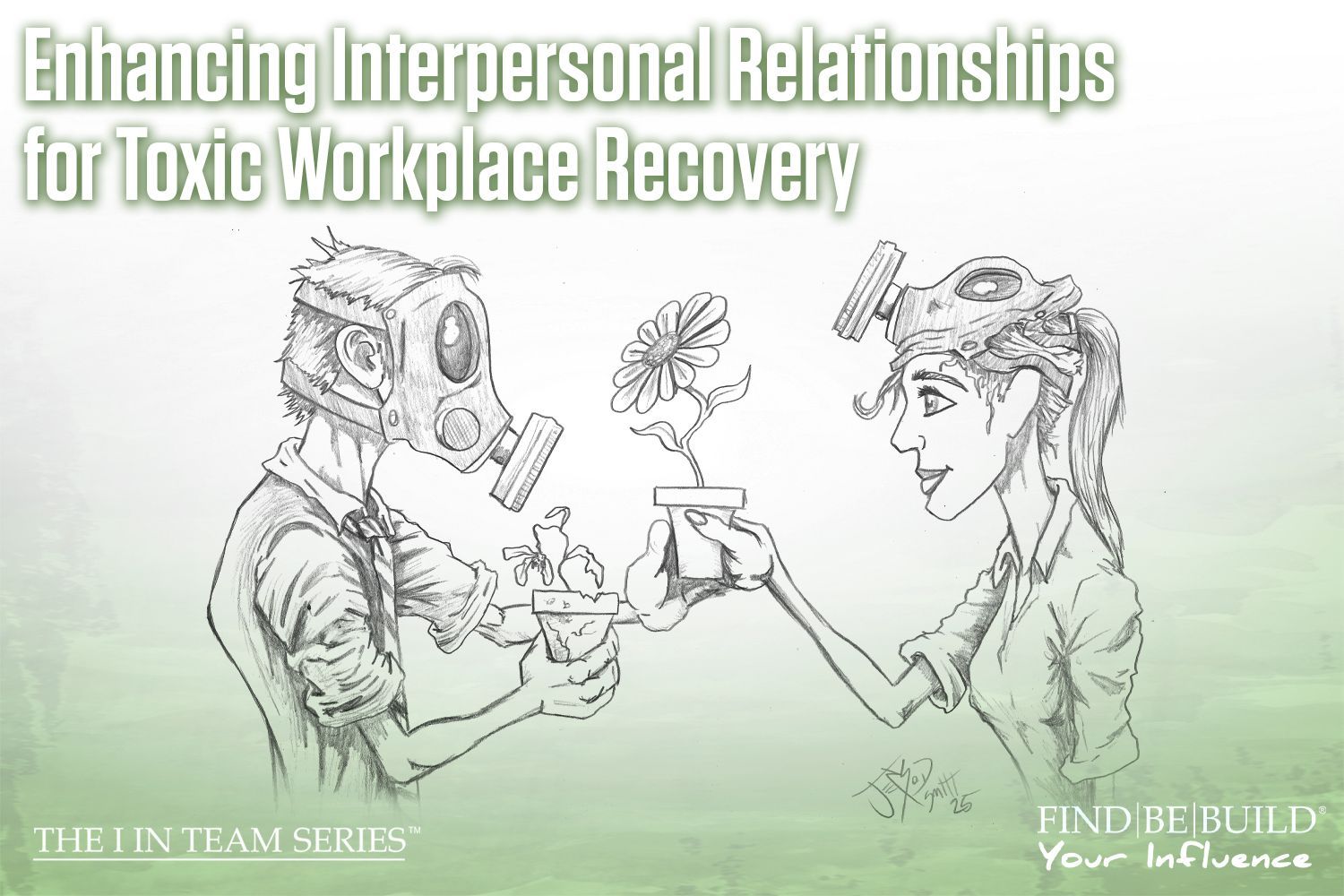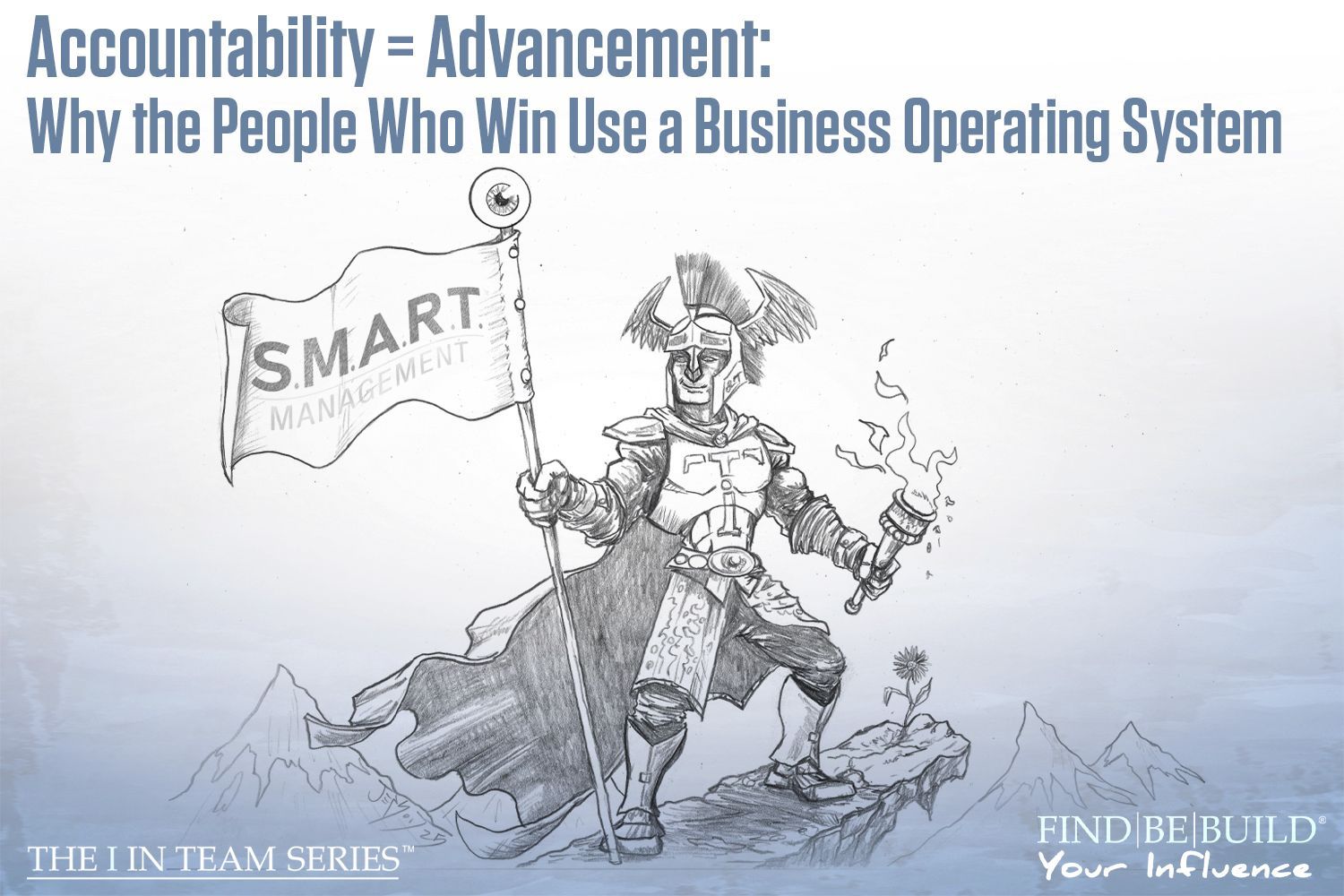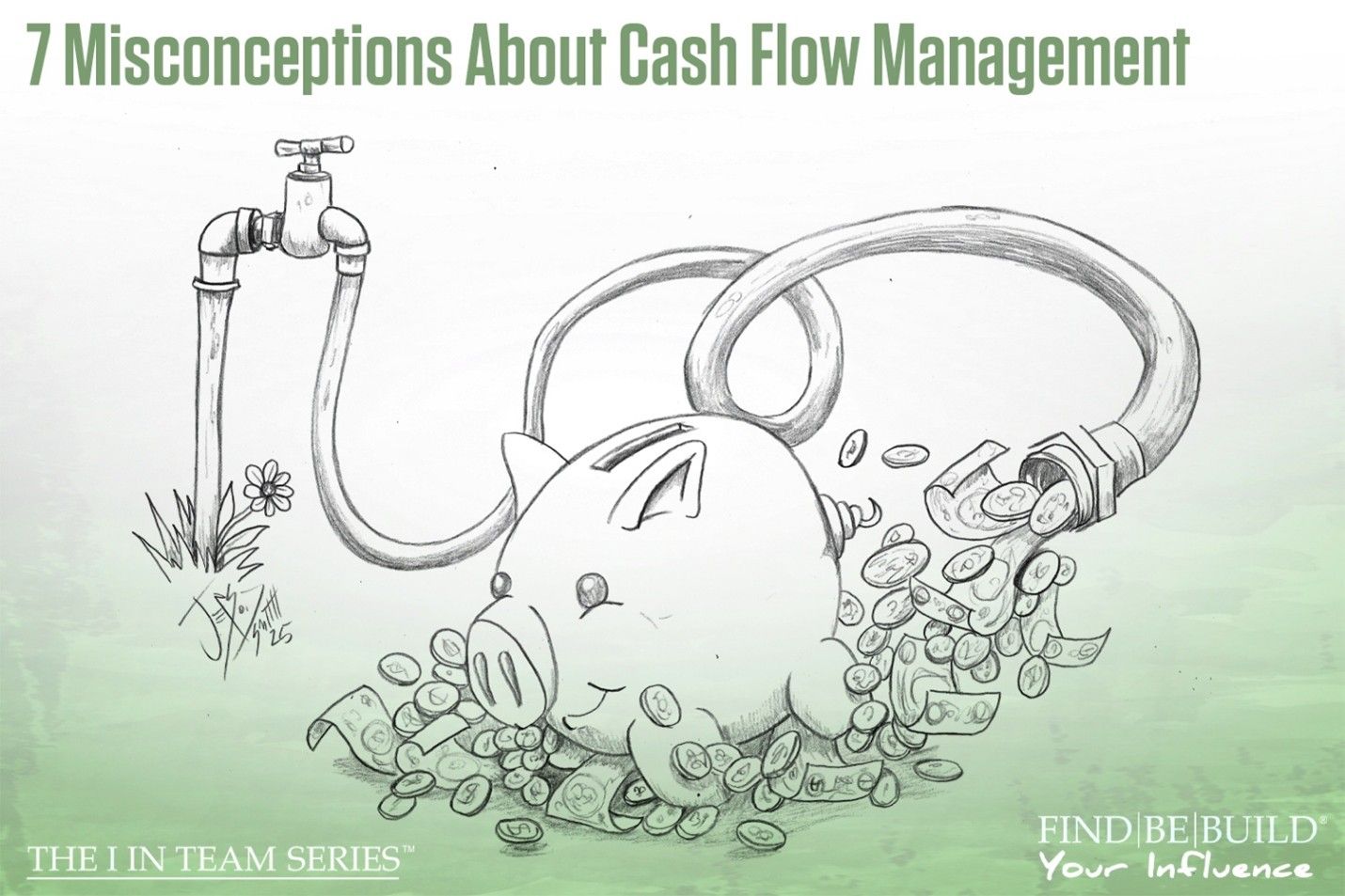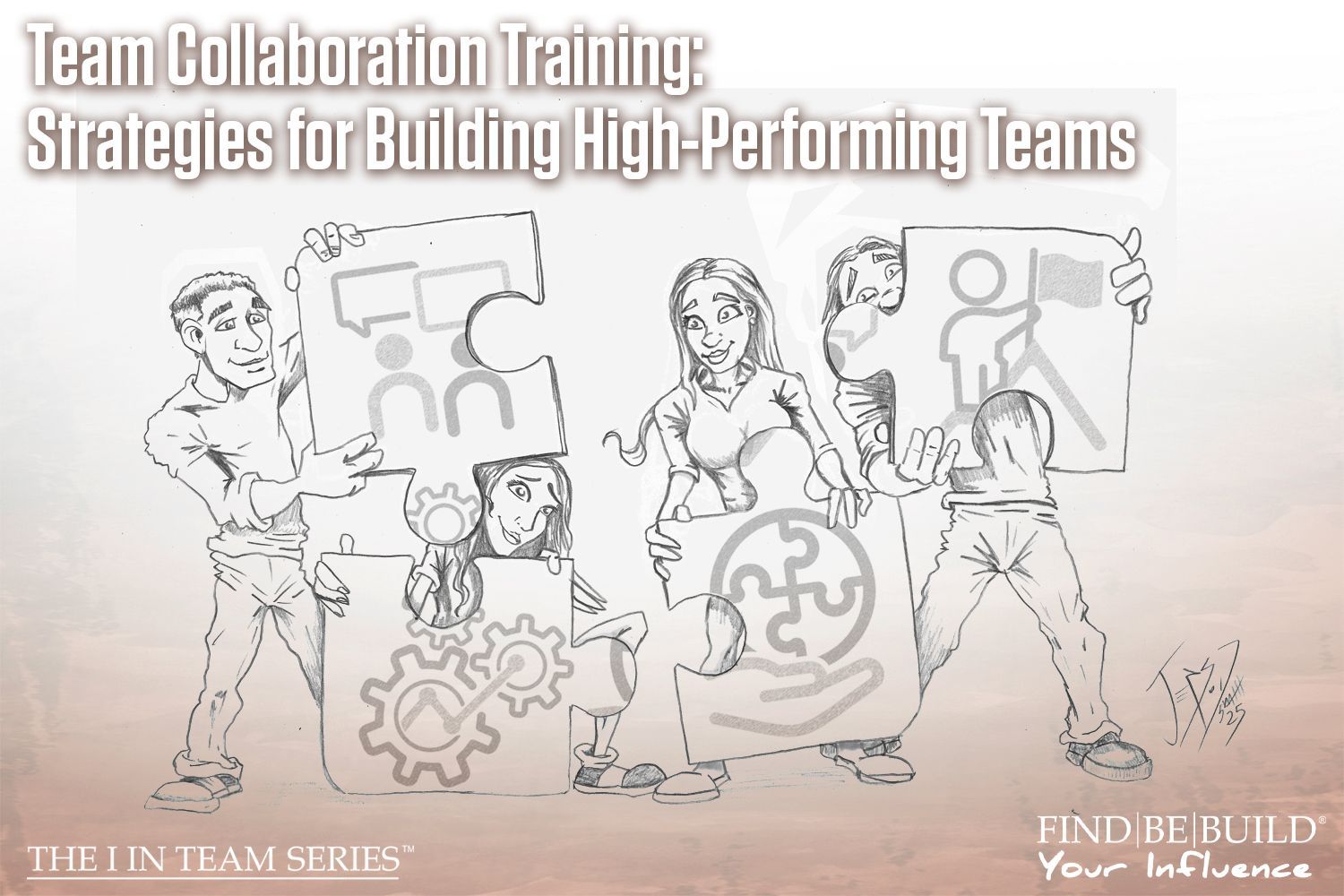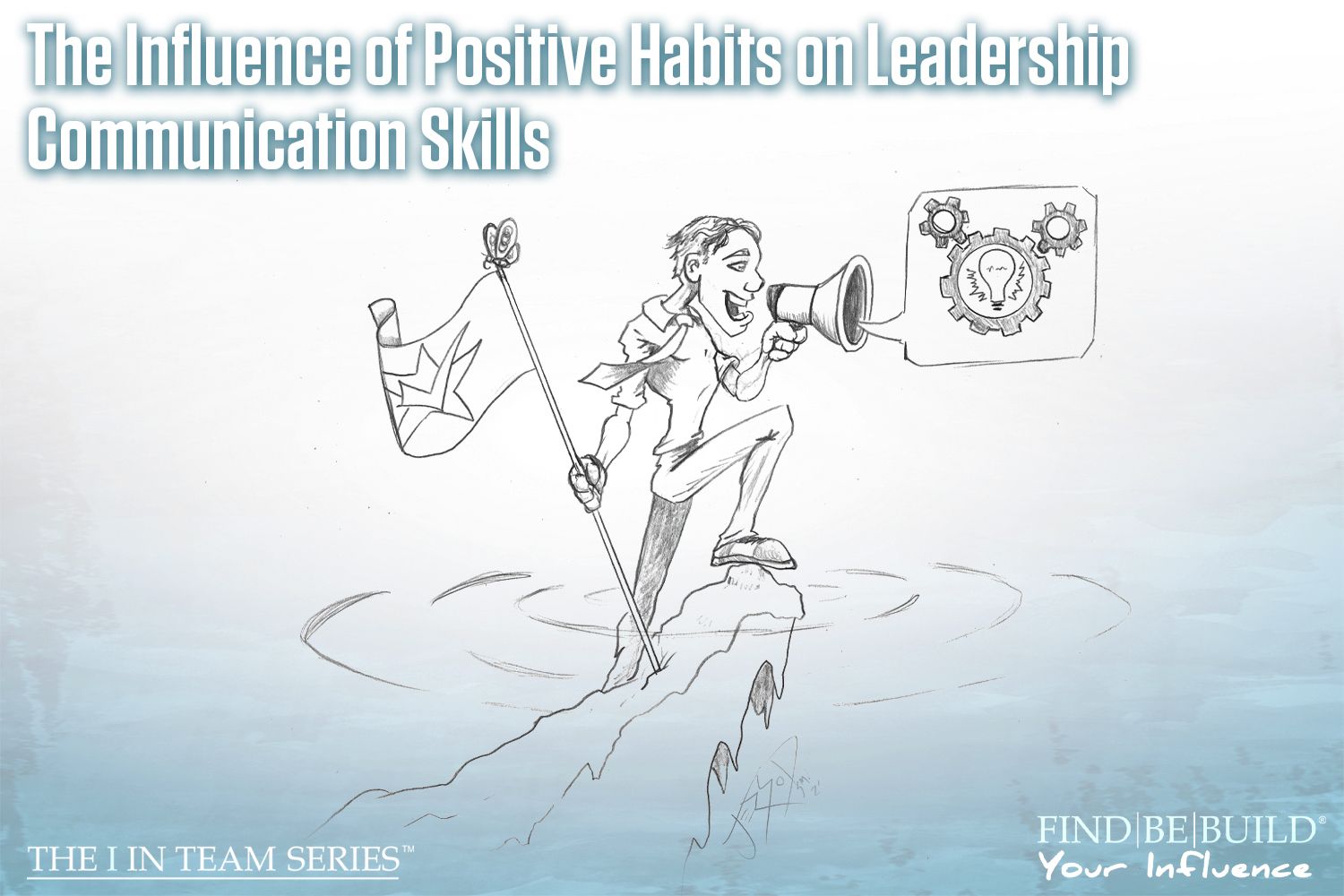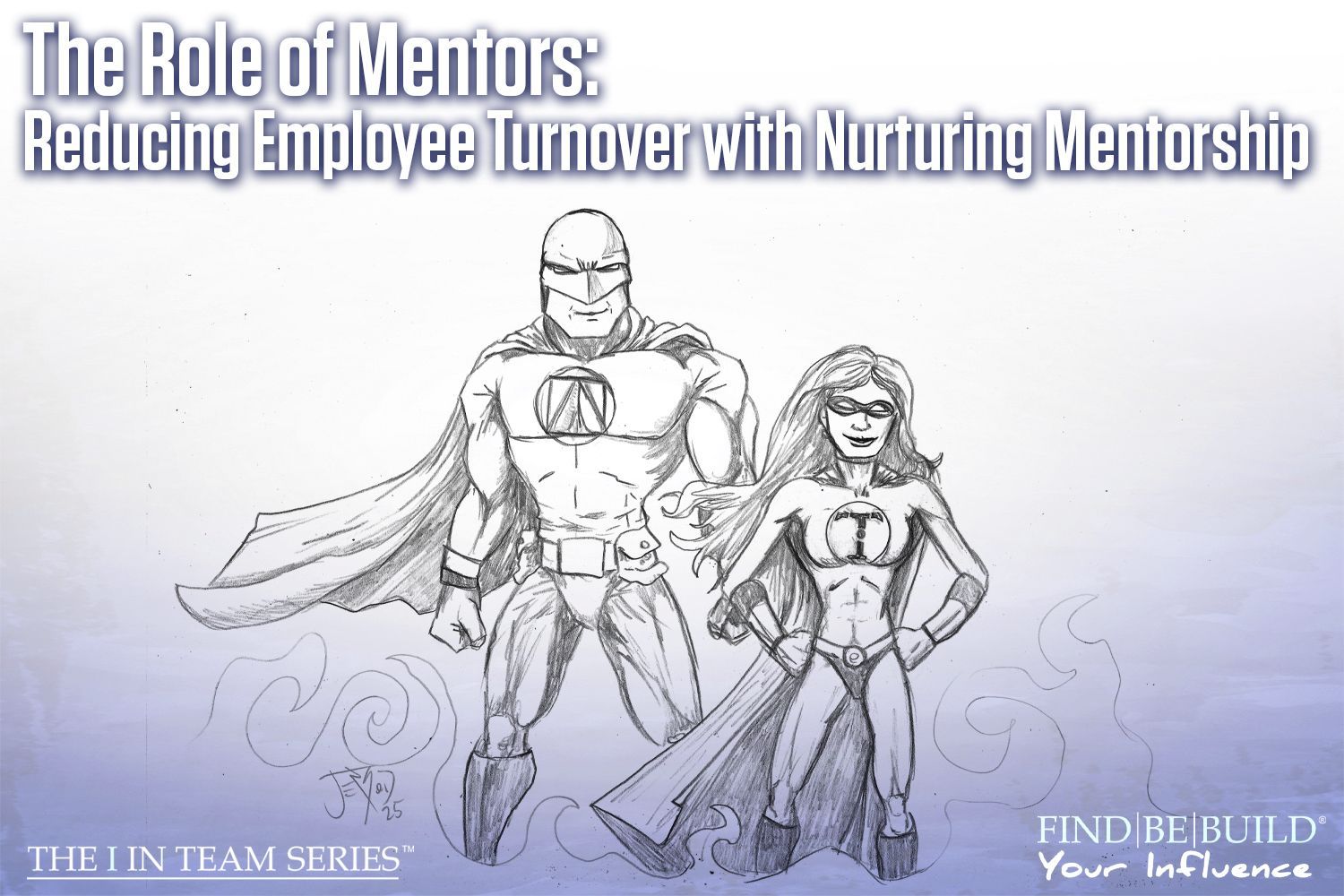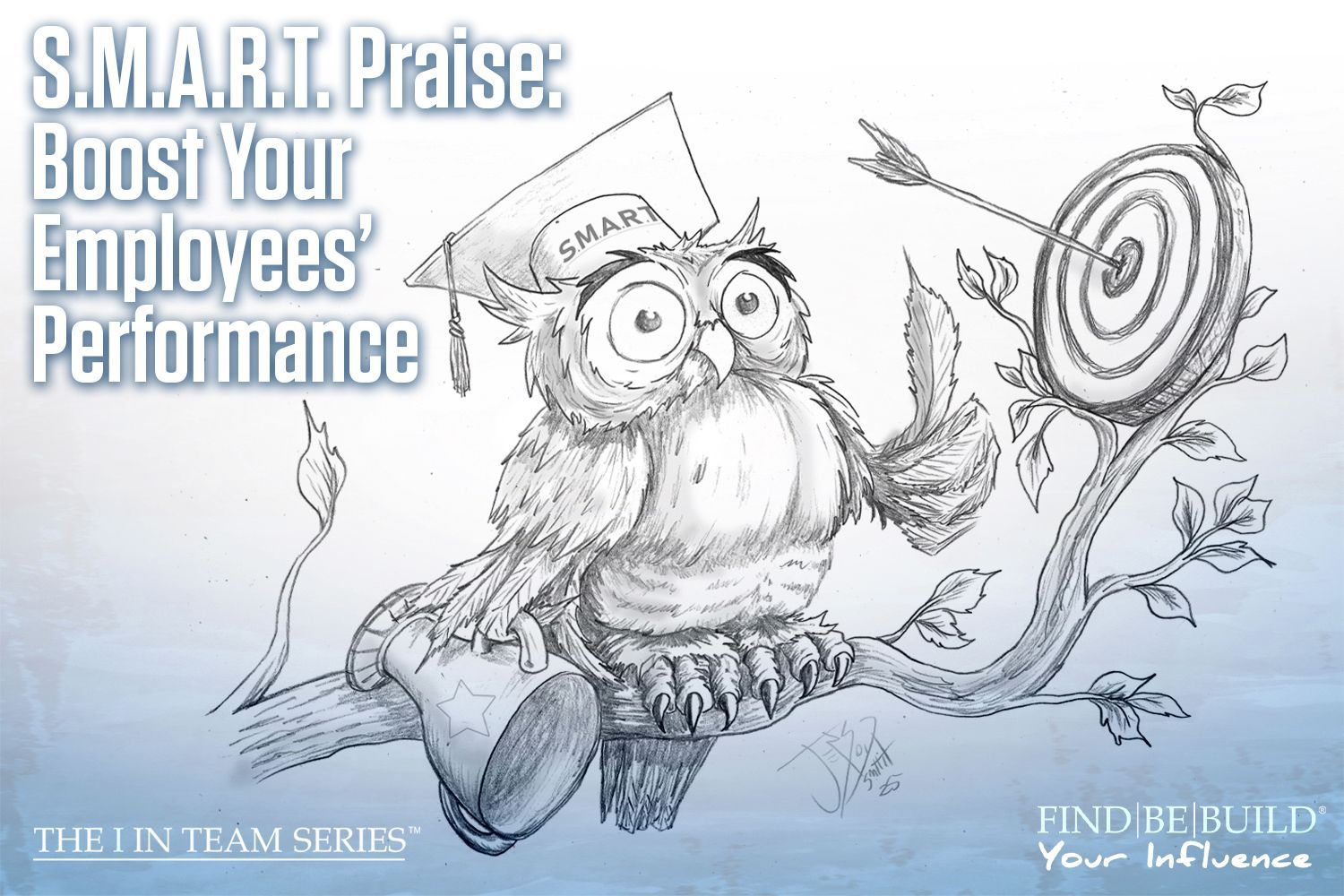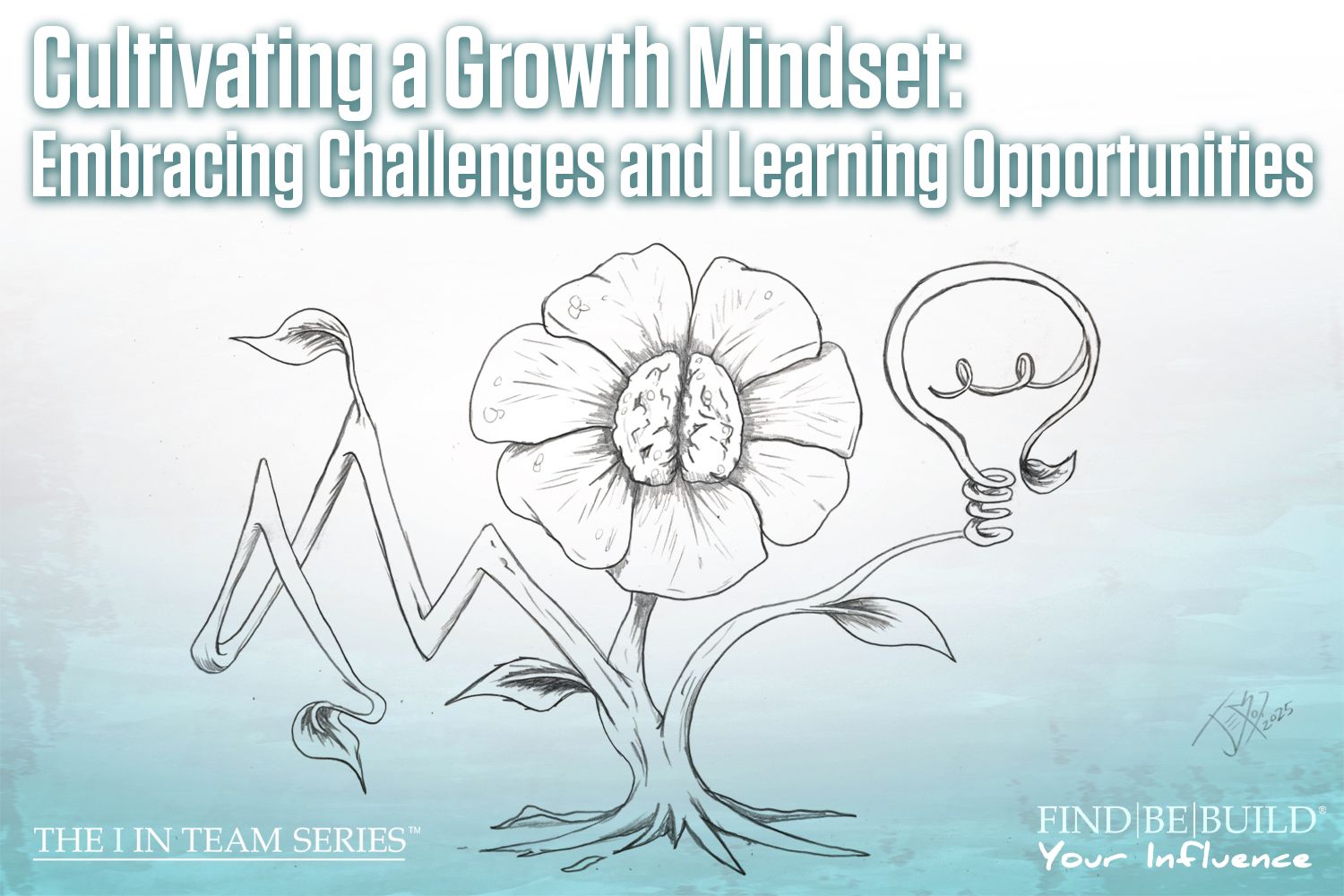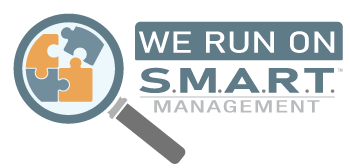How to Create a Personal Development Plan That Works
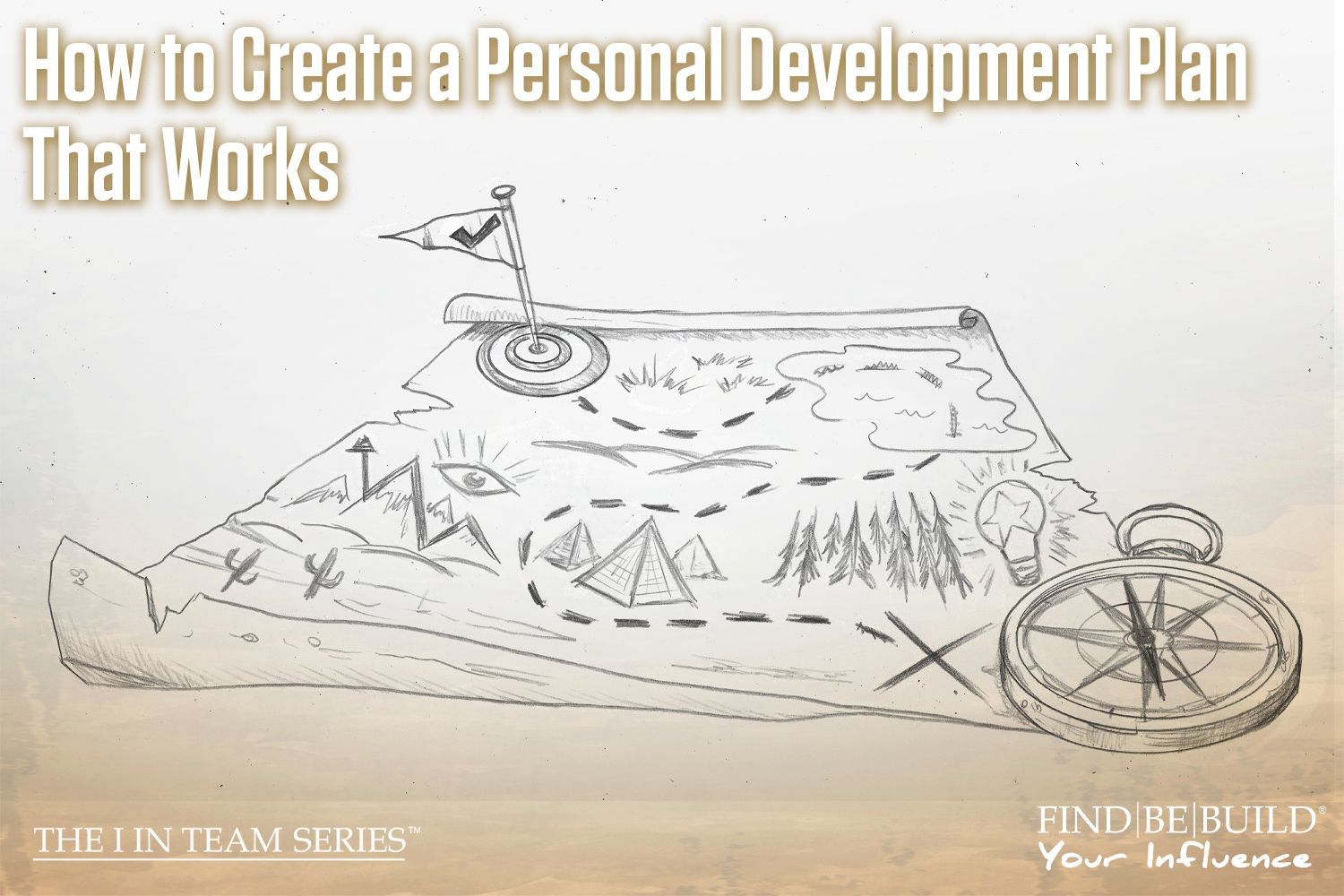
Hello, team! Mary here, continuing our journey through the I in Team series, where we challenge and empower you to Find, Be, and Build Your Influence. One of the cornerstones of our philosophy is intentional self-leadership, knowing yourself so you can show up better for others.
A personal development plan is a powerful tool in building and sustaining your influence. And yet, for many of us, life gets loud—work, relationships, parenting, and everything in between can make investing in ourselves feel like a luxury. But here's the truth: neglecting your personal development erodes your positive influence over time. We’re here to remind you that just five intentional minutes a day can help you build a plan that truly works.
Start with Self-Awareness
Growth begins with clarity. Before you can create a personal development plan, you must first know where you're starting. This means being honest about your current strengths, values, interests, responsibilities, and opportunities for improvement.
Try performing a personal S.W.O.T. analysis (Strengths, Weaknesses, Opportunities, Threats). Invite honest feedback from people you trust. Ground yourself in reality. Remember, influence without self-awareness is just noise.
Identify Your Development Priorities
Now that you know where you stand, map out where you want to go. Ask yourself:
- Do I want to learn a new skill? What is it, and why does it matter?
- Am I looking to grow deeper in a current role or responsibility?
- Is there a skill I already have that I want to strengthen or refine?
Be intentional. Focus on one goal at a time to avoid overwhelm. Commitment builds confidence, and your personal development plan should reflect a pace you can sustain.
Make It S.M.A.R.T.
As you know from our work in S.M.A.R.T. Management, goals are most effective when they’re Specific, Measurable, Attainable, Relevant, and Timely. Let’s apply that lens to your personal development plan:
- Specific: What exactly do you want to develop, and how will it serve your future influence?
- Measurable: How will you track progress and hold yourself accountable?
- Attainable: Is your goal realistic with your current time, energy, and resources?
- Relevant: Does this development align with your personal values and current or future roles?
- Timely: What is your timeframe? 3–6 months? A year? Be honest because timing matters.
Also, think beyond time. Consider how you’ll grow. Will you read, take a course, engage a coach or mentor, listen to podcasts, or volunteer for stretch projects? Whatever path you choose, make sure it supports sustainable momentum.
Influence Insights from the Team
Here are a few S.M.A.R.T. tips from our team to support your personal development journey:
- Journal your progress: Self-reflection turns effort into wisdom. Write it down—you’ll be surprised how much you grow.
- Celebrate wins, big and small: Recognition fuels motivation. Don’t wait for perfect—celebrate progress.
- Consistency over intensity: Five intentional minutes every day beats five hours once a month. Routine shapes results.
Final Thoughts
Creating a personal development plan isn’t about doing more, it’s about being intentional with your influence. You’re not just growing skills, you’re shaping the version of yourself that others experience. Start where you are, visualize where you’re going, and remember that every step forward, no matter how small, ripples outward to influence the world around you.
Let’s keep building, together.
